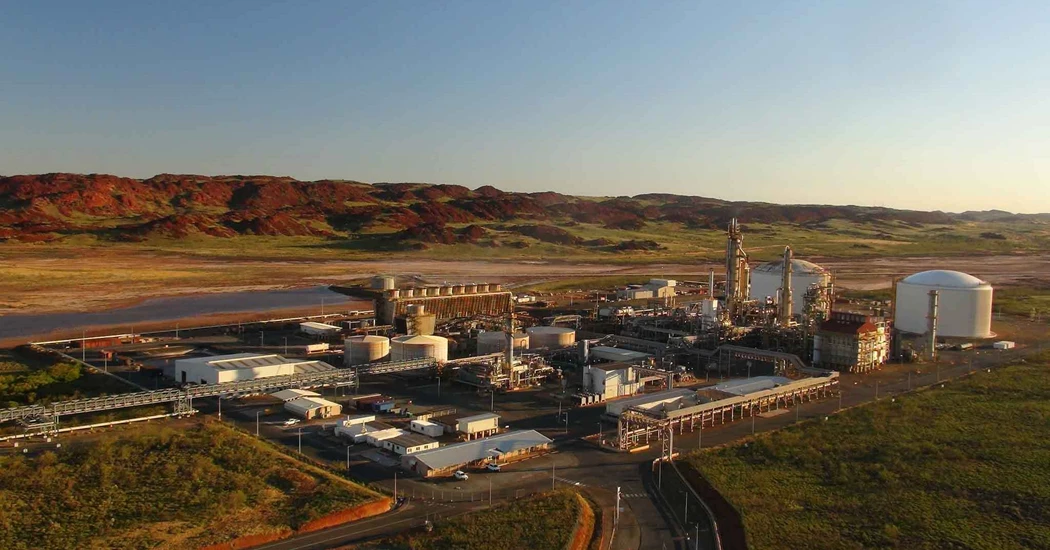From megawatts to methane: solutions for the future
Synthetic ammonia production sustains food production for more than half of the world’s population. With the global agricultural land shrinking and many regions suffering from nutrient-depleted soils, maintaining a sufficient and cost-effective supply of nitrogen-based fertiliser is critical to feeding the growing population.
Many regional ammonia plants around the world convert natural gas to ammonia for fertiliser, releasing nearly two tonnes of CO2 per tonne of ammonia produced. Conveniently, these plants produce a substantial concentrated CO2 stream.
Considering that ammonia plants are high-capex and long-life operating assets, that can run for more than 40 years, replacing them in the face of the energy transition can be very expensive, significantly impacting food production costs.
As green energy supply is highly variable, it leads to the need for additional supply side assets, that in mostly are weather dependent.
For instance, solar energy averages around 20% efficiency, requiring either five times the investment in capacity or the addition of high-cost batteries to deliver a reliable energy supply. Operating plants with only 20% effective energy supply is not economic.
But, what if there was a way to extend the useful life of ammonia plants while reducing CO2 emissions? By re-using much of the existing plants infrastructure and integrating green energy sources with minimal disruption, we could reduce CO2 emissions by 30-40%, ensure food stability and use scarce capital wisely. There are several potential solutions to do this such as adding and integrating green power and/or biogas into the ammonia plant.
Adding green hydrogen directly to the syngas loop
This is the simplest method, converting green power (when cost-effective) to hydrogen to offset natural gas usage. However, there’s a limit to the amount of hydrogen (around 10%) that can be added without disrupting the plant’s heat and mass balances, considering that compression steam and nitrogen are added in the upstream secondary reformer.
Reusing available ‘captured’ CO2 stream
Methanation of CO2, demonstrated in several projects, supports developing a transition pathway for existing gas-based plants, extending their operational life and flexibility to operate with varying degrees of green energy supply. This process produces Synthetic Natural Gas (SNG), which is of higher purity than typical natural gas (sulfur-free and low inerts). By using captured CO2 and (excess) green hydrogen to produce methane, we can reduce the natural gas usage and thus net emissions.
For example, with 50MW SNG modular units, can each offset around 45 tonnes per day of natural gas. This flexible approach allows generating a drop-in product using surplus green energy, which can revert to full natural gas operation during green energy supply variance.
The potential of biogas for ammonia plants near large cities
While generally attractive, biogas alone is insufficient to supply a full ammonia plant. Typically, biogas comprises mainly bio-methane and bio-CO2, which can be integrated with SNG to create a locally sourced energy supply, reducing dependence on often long-distance piped natural gas. Moreover, this approach can also be applied beneficially with methanol and other Power-to-X opportunities.
There are multiple pathways to making ammonia plants more sustainable, and the optimal solution may vary depending on the specific conditions of each plant. These strategies offer significant potential to reduce emissions and extend the operational life of existing assets.
However, navigating these complex options requires expertise and innovative approaches. Partnering with a knowledgeable and experienced team can ensure that these solutions are effectively implemented, optimising the performance of ammonia plants and achieving better environmental and economic outcomes.
With the right guidance, the transition towards a greener and more sustainable ammonia production is not only feasible but also beneficial for the sectors connected to these plants.
Kent has extensive experience with small to large-scale green hydrogen, ammonia, and other syngas projects. We offer innovative solutions backed by practical experience across various plants worldwide to support our clients.
Energy Connects includes information by a variety of sources, such as contributing experts, external journalists and comments from attendees of our events, which may contain personal opinion of others. All opinions expressed are solely the views of the author(s) and do not necessarily reflect the opinions of Energy Connects, dmg events, its parent company DMGT or any affiliates of the same.
KEEPING THE ENERGY INDUSTRY CONNECTED
Subscribe to our newsletter and get the best of Energy Connects directly to your inbox each week.
By subscribing, you agree to the processing of your personal data by dmg events as described in the Privacy Policy.

















